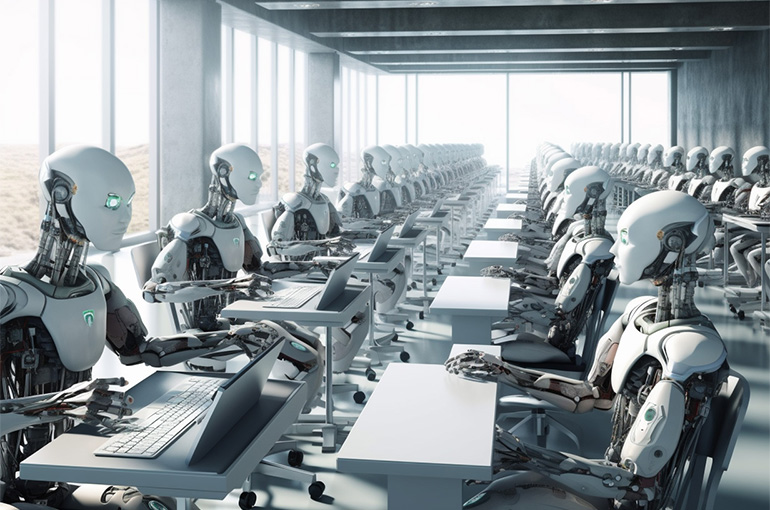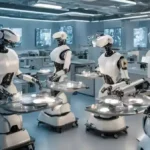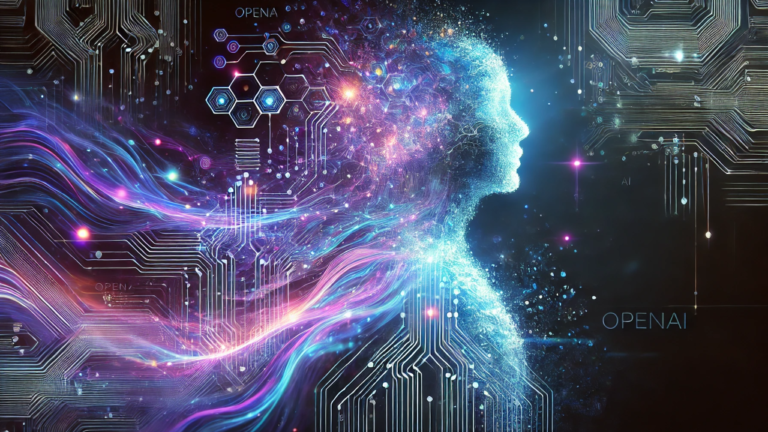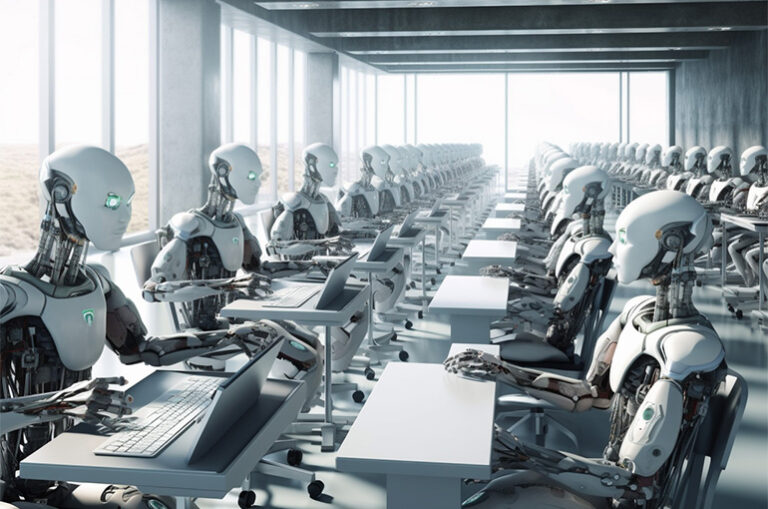
The Age of Independent Machines
Imagine a world where robots don’t wait for commands—they think, decide, and act on their own. Thanks to breakthroughs in artificial intelligence, that world is no longer science fiction. AI-powered robots that operate without human instructions are already working in factories, hospitals, and even homes.
From precision tasks to unpredictable environments, these intelligent machines are changing everything. They are the future of automation1—machines that learn, adapt, and evolve.
How Do These Robots Work Without Human Help?
Modern robots combine several advanced technologies to function autonomously:
- Artificial Intelligence (AI) – Core algorithms simulate human thinking.
- Machine Learning (ML) – Robots learn from their environment and data.
- Computer Vision – They “see” surroundings through cameras and interpret visuals.
- Sensor Fusion – Combines data from various sensors to make real-time decisions.
- Natural Language Processing (NLP) – Some can even understand spoken instructions.
These systems allow robots to act without being micromanaged. They’re equipped to handle complex tasks like obstacle navigation, predictive maintenance, and decision-making in high-stress environments.
Industries Already Using Self-Directed Robots
🧠 Healthcare
Hospitals use AI-driven robots for surgery assistance, drug delivery, and even diagnosing conditions. These bots can analyze medical records and make recommendations in real-time.

🏭 Manufacturing
Robots on the assembly line no longer need programming for every movement. They learn the process once and optimize as they go—improving quality and reducing waste.
📦 Logistics & Warehousing
Think of Amazon’s warehouses—robots sort, pack, and transport goods with no human operator required. They detect changes, avoid collisions, and re-route in real time.
🛠️ Construction & Maintenance
Autonomous drones inspect buildings, while robots lay bricks or pour concrete with millimeter-level precision—saving time and reducing risk.
Top 5 Benefits of Autonomous Robots
- ✅ Zero Downtime – They work 24/7 without breaks.
- ✅ Reduced Human Error – Robots operate with consistent precision.
- ✅ Greater Scalability – Easily replicated for mass deployment.
- ✅ Improved Safety – Take over dangerous or repetitive jobs.
- ✅ Cost Savings – Long-term ROI is massive as labor costs drop.
These benefits are not just hypothetical—they’re already visible in companies deploying automation1-style robotics.
Challenges Still Remain
Despite their advantages, AI-powered robots face hurdles:
- 🧩 Ethical Concerns – How do we define responsibility for autonomous actions?
- 🔐 Security Risks – Smart machines can be vulnerable to cyber threats.
- 💸 High Costs – Upfront investment remains high, especially for small businesses.
However, as technology improves and prices fall, wider adoption is inevitable.
What’s Next for Self-Directed Robotics?
In the near future, we’ll see robots that can:
- Learn new skills simply by watching videos
- Collaborate with humans more naturally
- Repair themselves using 3D-printed parts
- Develop emotional intelligence to aid in caregiving or therapy
The era of automation1 is just beginning, and the potential is limitless.
Robots Are Thinking—and That Changes Everything
From factories to hospitals, self-thinking robots are already reshaping our world. They don’t need human instructions. They just need data, learning, and time. As they grow smarter and more capable, the line between human-led and machine-driven innovation continues to blur.
Whether you’re excited or cautious, one thing is certain: robots that think for themselves are here to stay.




1 thought on “Meet the AI-Powered Robots That Think for Themselves—No Human Instructions Needed”